Conifers I’m trying in Central Florida
Palms And Pines
last year
Featured Answer
Sort by:Oldest
Comments (27)
Palms And Pines
last yearPalms And Pines
last yearPalms And Pines
last yearJurassic Park
last yeardavidrt28 (zone 7)
last yearlast modified: last yearPalms And Pines
last yearlast modified: last yeardavidrt28 (zone 7)
last yearPalms And Pines
last yearAxel
last yearPalms And Pines
last yearPalms And Pines
last yearPalms And Pines
last yearPalms And Pines
last yearlast modified: last yearHenry Z6(OH Zone 6b)
3 months ago41 North (Zone 7a/b, NE, coastal)
3 months agolast modified: 3 months agoHenry Z6(OH Zone 6b)
3 months ago41 North (Zone 7a/b, NE, coastal)
3 months agodavidrt28 (zone 7)
3 months agoHenry Z6(OH Zone 6b)
3 months agoBillMN-z-2-3-4
3 months agoHenry Z6(OH Zone 6b)
3 months agoBillMN-z-2-3-4
3 months agobengz6westmd
3 months agolast modified: 3 months agoHenry Z6(OH Zone 6b)
last month
Related Stories

WINTER GARDENING6 Reasons I’m Not Looking Forward to Spring
Not kicking up your heels anticipating rushes of spring color and garden catalogs? You’re not alone
Full Story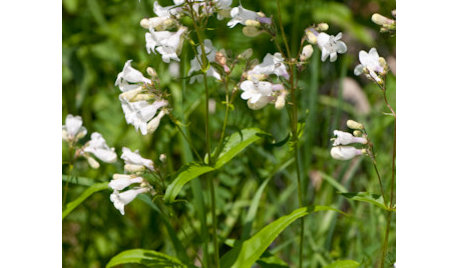
GARDENING GUIDESGreat Design Plant: Try Penstemon Digitalis for Showy White Blooms
Bees gather nectar from this North American native while you’ll appreciate its unthirsty nature and soil tolerance
Full Story
COFFEE WITH AN ARCHITECTA Few Things I Would Like to Ask Frank Lloyd Wright
It could take a lifetime to understand Frank Lloyd Wright's work — less if we had answers to a few simple questions
Full Story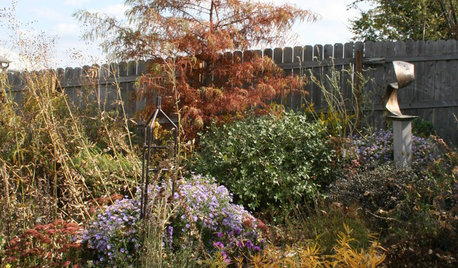
REGIONAL GARDEN GUIDESCentral Plains Gardener's October Checklist
Fall foliage color and crisp mornings, plus mulching beds and planting spring bulbs, make October a gardener's heaven
Full Story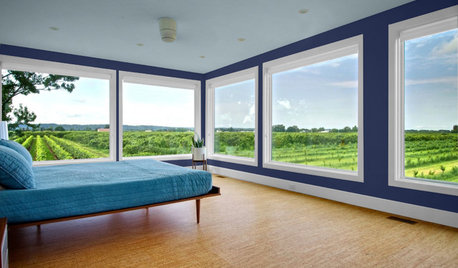
COLORChoosing Color: 1 Bedroom Tries On 5 Different Palettes
White is all right, but check out what you can do with a bolder hue
Full Story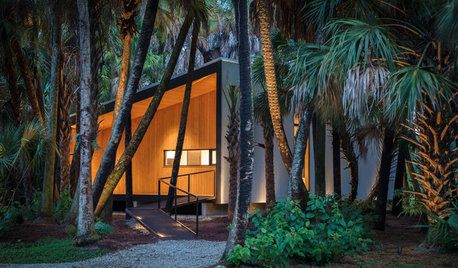
SMALL HOMESHouzz Tour: An Accessible Tiny-ish House in the Florida Palms
A builder creates a 600-square-foot dream home on the Gulf Coast for his father
Full Story
LIFEThe Polite House: How Can I Kindly Get Party Guests to Use Coasters?
Here’s how to handle the age-old entertaining conundrum to protect your furniture — and friendships
Full Story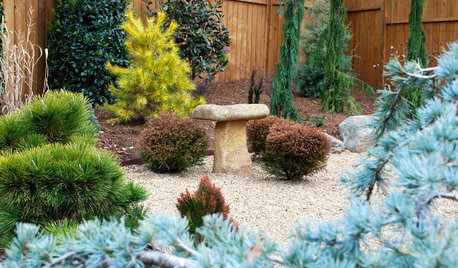
PLANTING IDEASDesigning With Conifers: Personality and Form in the Garden
Unique and full of interest, well-shaped conifers await a place your yard
Full Story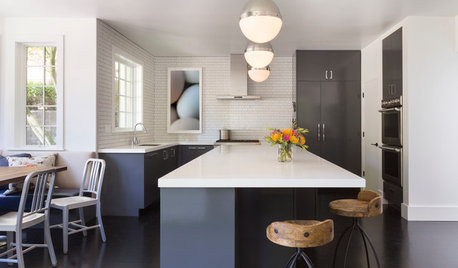
KITCHEN COUNTERTOPSWhy I Chose Quartz Countertops in My Kitchen Remodel
Budget, style and family needs all were taken into account in this important design decision
Full Story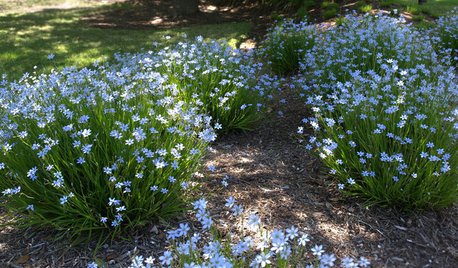
FLOWERS10 Spring Wildflowers for the Central Plains
These blooming native perennials thrive in dry locations and help welcome early-season pollinators
Full StoryMore Discussions






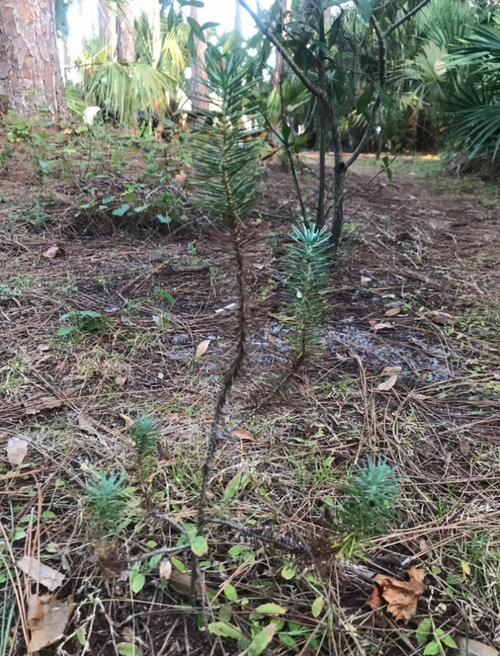
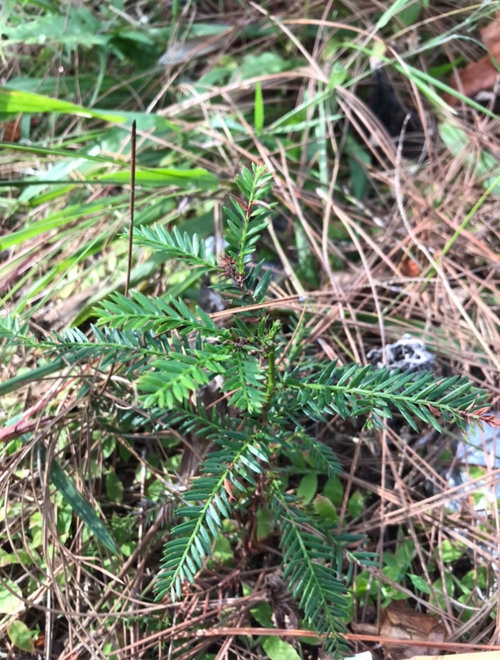
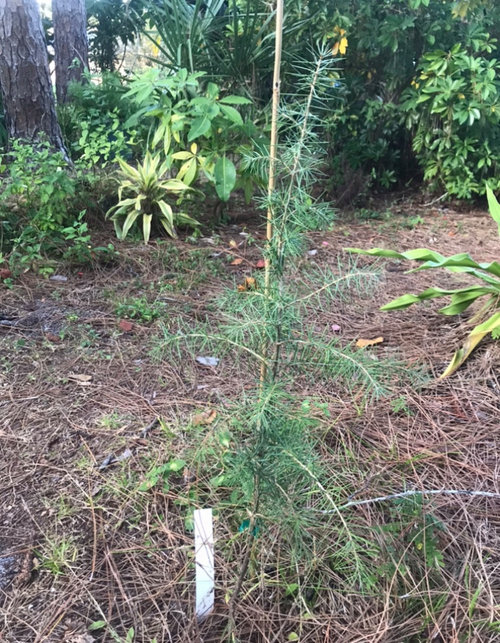
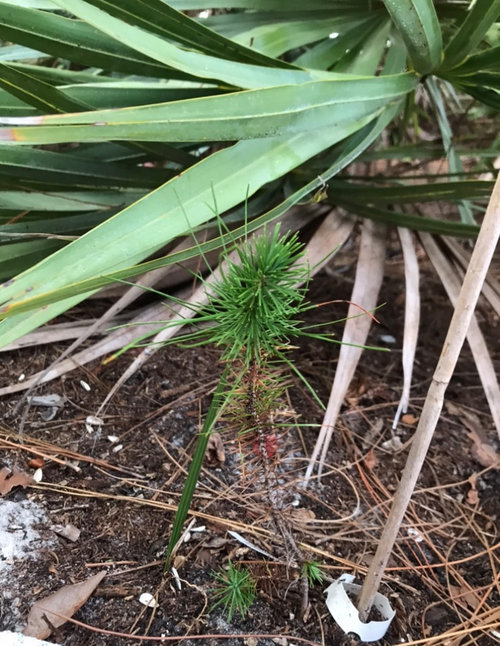
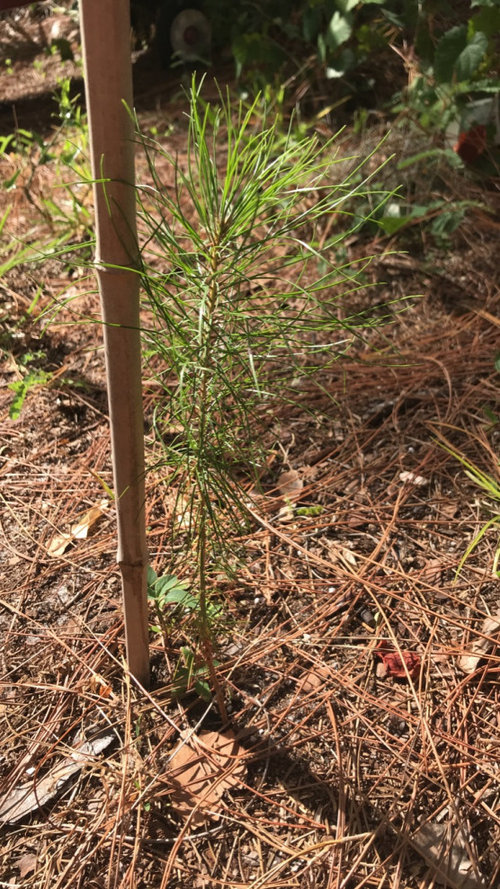

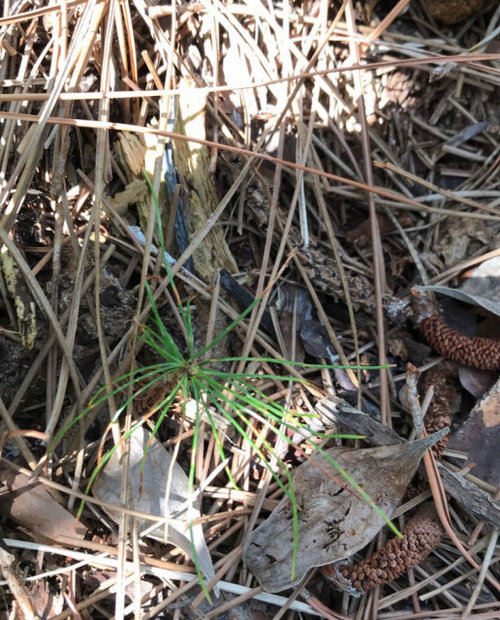



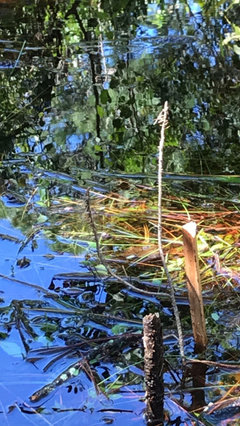


Palms And PinesOriginal Author